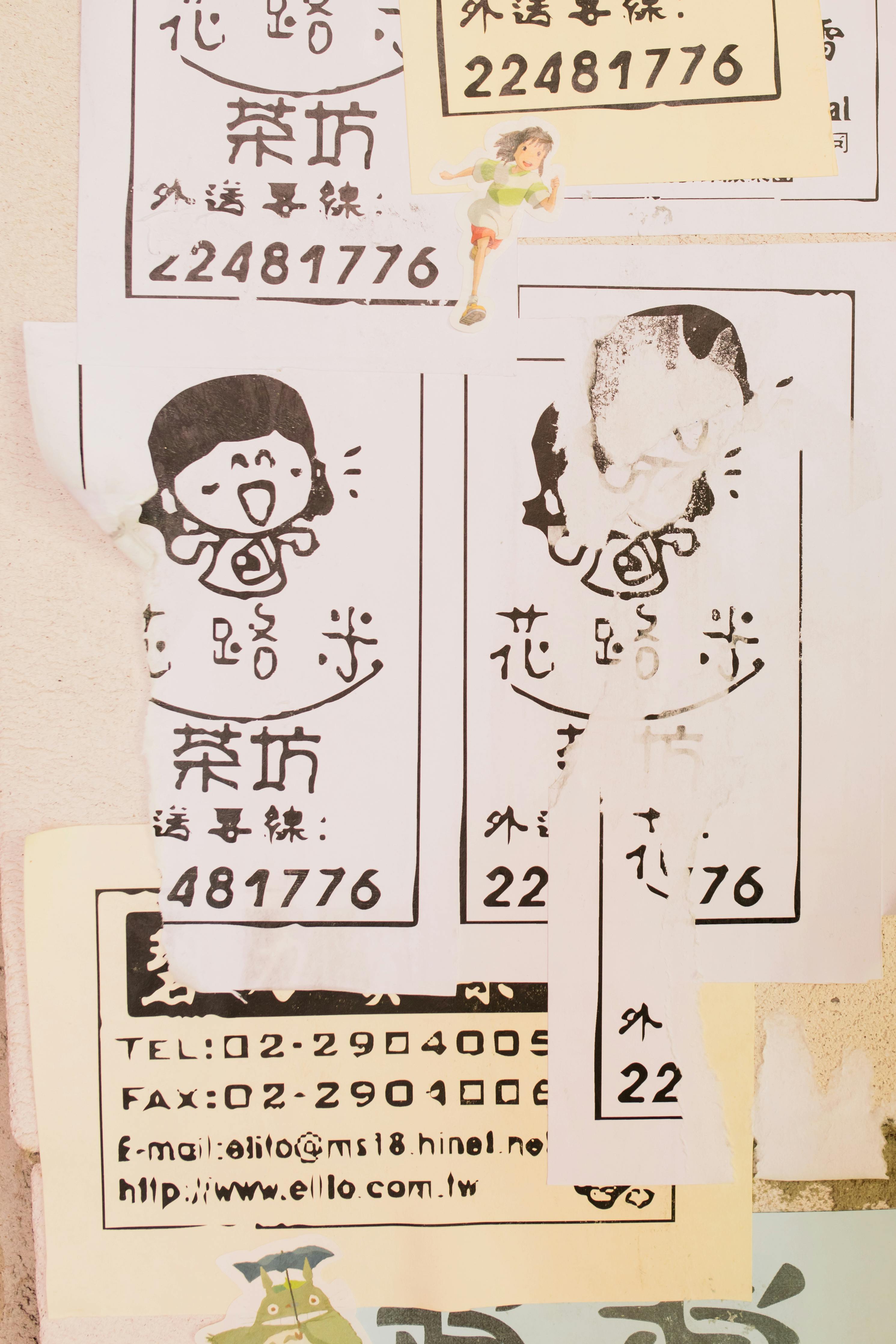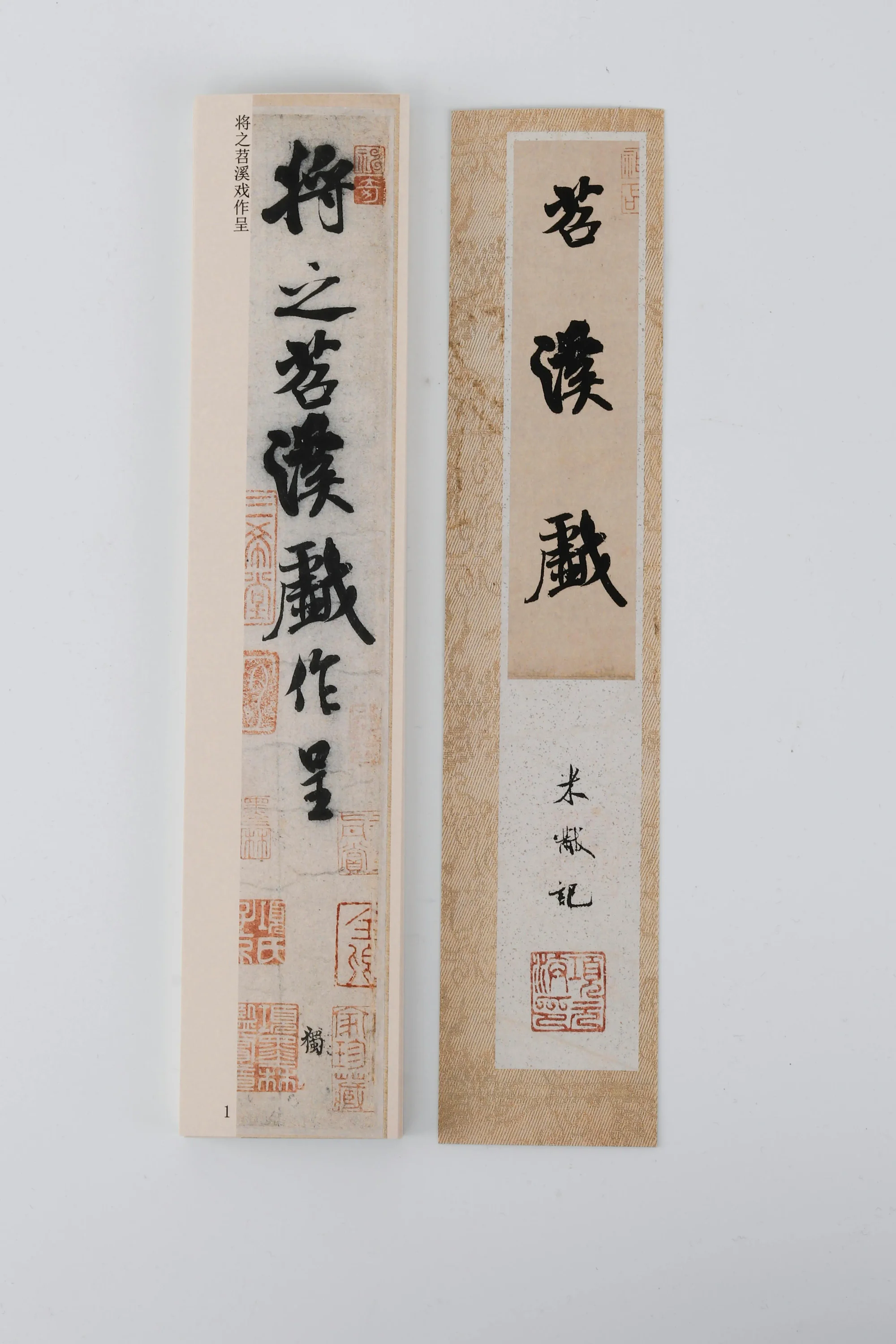Introduction
A world teeming with thousands of characters may seem daunting at first. But, the beauty of the Chinese language lies in its intricate script, which is as much an art form as a medium of communication. The key to unlocking your Mandarin skills lies in effectively practicing Chinese characters. This ancient logographic system, evolved over thousands of years, forms the backbone of the Mandarin language. Each character is a unique blend of strokes and radicals, telling a story of its own. Mastering this script is not just about rote memorization, it's about understanding the underlying patterns, the stroke order, and making meaningful connections between characters.
This guide will walk you through the importance of practicing Chinese characters, essential elements of these characters, effective practice methods, and digital tools like Traverse that can enhance your learning process. Whether you're a beginner or an advanced learner, these insights will provide a new perspective to your Mandarin learning journey.
So, are you ready to delve into the world of Chinese characters and accelerate your Mandarin skills? Let's get started!
Understanding the Importance of Practicing Chinese Characters
If you've embarked on the journey of learning Mandarin, you've likely encountered the fascinating and intricate world of Chinese characters. While they might seem daunting at first, knowing how to read and write these characters is an essential part of mastering Mandarin.
The Role of Chinese Characters in Mandarin
Chinese characters, or Hanzi, play a significant role in the Mandarin language. Unlike alphabetic languages where letters represent sounds, each Chinese character represents a word or a part of a word. This logographic system means that the characters are not just letters, but carry meaning and provide context. Hence, practicing Chinese characters is not just about writing, but also about understanding the essence of the language.
The Challenges of Learning Chinese Characters
Learning Chinese characters can seem like a Herculean task. With thousands of characters, each with its own structure, it's easy to feel overwhelmed. The strokes, radicals, and the order in which they are written can be tricky to remember. Add to this the fact that the same character can have different meanings based on its context, and you might feel like you're navigating a maze. But fear not, with the right approach and effective learning tools, you can overcome these challenges and unlock the beauty of Chinese characters.
The Benefits of Mastering Chinese Characters
Why should you invest time and effort into practicing Chinese characters? Besides being an integral part of the Mandarin language, mastering Chinese characters can open up new avenues of understanding and communication. It empowers you to engage deeply with Chinese culture, from its ancient philosophies to its vibrant modern lifestyle.
In addition, research suggests that learning Chinese characters can have cognitive benefits. This includes enhancement of visual-spatial and memory skills, providing a brain workout as you learn.
Lastly, in the world of global business and politics, proficient Mandarin skills, including the ability to read and write Chinese characters, can be a game-changer. It opens doors to a market with enormous potential, making you a valuable asset in various professional fields.
In the next sections, we'll explore the essential elements of Chinese characters and effective methods to practice them. So, sharpen your pencils or power up your devices, and get ready to immerse yourself in the art of Chinese characters.

Essential Elements of Chinese Characters
Cracking the code of Chinese characters is a bit like solving a fascinating puzzle. Each character contains its own unique pieces, and understanding these pieces is key to mastering the puzzle. Let's start by looking at the building blocks of Chinese characters: radicals and strokes.
Introduction to Radicals and Strokes
At the heart of every Chinese character lies a radical. Radicals, or "bushou", act as the foundation of Chinese characters, offering hints about the character's meaning or pronunciation. For example, the character "休" (to rest) combines the radicals "人" (person) and "木" (tree), painting a visual picture of a person resting under a tree.
Beyond radicals, strokes are the physical lines that make up each character. The order of these strokes isn't random, but follows specific rules. Once you learn these rules, the process of writing Chinese characters becomes a rhythmical dance that will feel like second nature.
Understanding Pinyin and Tones
To master Chinese characters, you also need to grasp pinyin and tones. Pinyin is the official romanization system for Chinese, providing a phonetic guide to pronunciation. It's an essential tool for beginners to learn proper pronunciation and to 'guess' the pronunciation of a new character.
In Chinese, the tone of a syllable can change the meaning of a word. Mandarin Chinese has four tones, and understanding them is crucial for clear and accurate communication.
The Difference Between Simplified and Traditional Characters
Finally, it's important to understand the difference between simplified and traditional Chinese characters. Simplified characters, used predominantly in mainland China, are a streamlined version of the traditional characters, used mostly in Taiwan and Hong Kong.
While simplified characters have fewer strokes and are thus easier to write, traditional characters are often more pictographic and can offer more insight into the meaning and origins of the character.
Understanding these essential elements is your first step towards effectively reading and writing Chinese. With this foundation, you can embark on your journey of practicing Chinese characters, unlocking the beauty and complexity of the Mandarin language.

Effective Methods for Practicing Chinese Characters
Just as the strokes of a brush create a beautiful painting, consistent practice and the right techniques can help you master the art of Chinese characters. Here are some effective methods to hone your skills.
The Role of Repetition and Consistency
In the realm of language learning, repetition is the key to memorization. Just as a sculptor chisels a stone repeatedly to shape it into a statue, you need to write Chinese characters consistently, to the point where you don’t even have to think about how they’re written. As Victor Mair, a professor at the University of Pennsylvania, puts it, “Writing Chinese characters is a highly neuro-muscular act. You have to etch the characters into your nerves and muscles.” By practicing daily, you can etch these characters into your memory.
The Importance of Stroke Order
Chinese characters follow a specific stroke order. This order not only enhances the aesthetics of the character but also plays a crucial role in handwriting recognition technology. By learning the eight basic rules for stroke order, the writing motion will eventually become second nature to you, making your practice more efficient and effective.
Practicing Handwriting vs. Typing
While typing Chinese characters can be a useful skill, especially in the digital age, handwriting has its distinct advantages. Handwriting engages different cognitive processes and can lead to a deeper understanding and better retention of characters. Therefore, it's beneficial to practice and balance both handwriting and typing.
Using Flashcards for Memorization
Flashcards are a tried-and-true method for memorization. They allow you to actively recall the information, which strengthens memory pathways. Use flashcards to practice writing and recognizing Chinese characters. For an added edge, platforms like Traverse allow you to import Anki decks for continued learning, enabling you to customize your study material.
The Power of Visual Imagery and Association
Chinese characters are essentially pictograms and ideograms. By learning the origins and the evolution of characters, you can create mental pictures that aid in remembering them. Pairing every character with a keyword that represents the concept and tying that keyword with the components of the character in a “story” can enhance your recall ability.
In conclusion, mastering Chinese characters is a challenging yet rewarding task. By integrating these effective methods into your learning routine, you can unlock the beauty and complexity of the Chinese language. Your journey to Mandarin mastery is a marathon, not a sprint. So remember, practice consistently, be patient, and enjoy the process.
Utilizing Digital Tools for Practicing Chinese Characters
In the digital age, mastering Mandarin characters is no longer confined to traditional pen and paper methods. A myriad of online tools and apps provide interactive, engaging, and personalized ways to practice Chinese characters. Leveraging these resources can significantly enhance your learning efficiency and effectiveness. In this section, we'll explore how to use a revolutionary learning tool, Traverse, and its synergies with Mandarin Blueprint to supercharge your Mandarin learning journey.
Overview of Traverse and Its Features
Traverse is a state-of-the-art learning tool designed to boost the efficiency and effectiveness of your learning process. Based on the latest research in cognitive science, Traverse combines the power of mind mapping, spaced repetition flashcards, and connected note-taking in one platform. This unique blend of features allows you to visualize, understand, and retain key information more effectively.
How to Use Traverse for Practicing Chinese Characters
Traverse's mind mapping feature is an excellent tool for understanding and memorizing the structure of Chinese characters. You can create mind maps for different characters, radicals, and stroke sequences, which can help you to see the connections and patterns more clearly. Additionally, Traverse's spaced repetition flashcards are designed to optimize your recall and retention of Chinese characters. You can easily create flashcards for each character, including its Pinyin, English meaning, and stroke order.
Importing Anki Decks into Traverse
If you've been using Anki for your Mandarin studies, you'll be pleased to know that Traverse allows you to import your Anki decks seamlessly. This ensures that your previous learning efforts are not wasted and can be continued on a more advanced platform. The imported decks can be used in conjunction with Traverse's advanced features to reinforce your understanding and memorization of Chinese characters.
Partnering with Mandarin Blueprint for Enhanced Learning
To further accelerate your Mandarin learning journey, Traverse can be used in conjunction with an online Chinese course like Mandarin Blueprint. This partnership amplifies the benefits of both platforms, providing you with a comprehensive, engaging, and effective learning experience. Mandarin Blueprint's focus on character learning and immersive learning, coupled with Traverse's advanced learning tools, creates a dynamic duo that makes the process of learning Chinese characters not only achievable but also enjoyable.
Embrace the digital revolution in language learning. Use Traverse and Mandarin Blueprint to unlock your Mandarin skills effectively and efficiently. With these powerful tools in your learning arsenal, mastering Chinese characters becomes a fulfilling journey of discovery rather than a daunting task.
Additional Resources for Practicing Chinese Characters
Embarking on the journey to master Chinese characters is an exciting endeavor, but it's not one you should undertake without the right tools. Let's delve into some additional resources that can enhance your practice and speed up your progress.
Hanzi Grids
Hanzi Grids is an ingenious online tool that lets you create your own personalized character sheets. You can customize everything, from the font and spacing of characters to the color of the grids. The tool supports both simplified and traditional Chinese characters. While there's a small fee for changing background guides and some other features, the basic access is free.
Arch Chinese
Another resource worth exploring is Arch Chinese, a website designed primarily to improve your Chinese writing skills. Arch Chinese offers a variety of activities that cover radicals, stroke sequences, and handwriting practice. You can access some tools for free, but full access to the program features requires a recurring fee.
Chinese Writer
The Chinese Writer app is highly recommended by both students and teachers alike. This app gamifies the learning process by having you write characters as they fall from the top of the screen. It also prioritizes words you struggle with in future games, ensuring you get ample practice. The app also offers stroke order diagrams, English definitions, audio pronunciations, and an animated introduction for basic Chinese character writing.
Purple Culture Worksheet Generator
Purple Culture provides a worksheet generator that allows you to create character worksheets with either simplified or traditional Chinese characters. You can customize the grid size, grid lines, font, and number of traceable characters. A premium account gives you access to extras such as English definitions, stroke order, character hints, or radicals.
Remembering Simplified Hanzi 1
This book, "Remembering Simplified Hanzi 1", is an excellent resource for those wanting to dive deep into the most commonly written characters in simplified Chinese. The book uses a logical ordering method and imaginative memorization techniques, pairing each character with a keyword and a story, to help you make sense of the character's structure.
By leveraging these resources in combination with a comprehensive learning tool like Traverse, you'll be well-equipped to enhance your Mandarin writing skills and master Chinese characters effectively. Remember, continuous practice is key to progressing in your Mandarin skills, and these tools can provide the structure, motivation, and engagement you need to succeed.
Conclusion
Becoming fluent in Mandarin, particularly mastering Chinese characters, is a marathon, not a sprint. It requires patience, perseverance, and a willingness to immerse yourself in the language. While the journey may seem daunting at first, especially when faced with the complexities of Chinese characters, rest assured that it's a journey worth taking. The benefits of mastering Chinese characters extend beyond language proficiency, enhancing cognitive abilities, cultural understanding, and opening doors to new opportunities.
One crucial aspect to bear in mind is that learning Mandarin isn't solely about memorizing characters and phrases, but rather understanding the structure, strokes, tones, and the cultural nuances embedded within them. The beauty of this rich language resides in its radicals, strokes, pinyin, and tones, each of which plays a crucial role in conveying meaning.
In this age of digital learning, you're not alone in your quest to conquer Chinese characters. A plethora of digital tools are at your disposal to aid your learning journey. From Hanzi Grids and Arch Chinese to Purple Culture’s Worksheet Generator and Remembering Simplified Hanzi 1, each tool offers unique features to help you practice and internalize Chinese characters.
Moreover, a comprehensive learning tool like Traverse can serve as a central hub for your learning endeavors, integrating essential resources and offering an immersive and engaging learning experience that caters to your unique learning style. With consistent practice and the right resources, you're well on your way to unlocking your Mandarin skills and effectively mastering Chinese characters.
Remember, the key to success in learning Mandarin, as in any language, is consistency and practice. Don't rush the process. Take it one character at a time. Celebrate your progress, no matter how small, and most importantly, enjoy the journey. After all, language learning isn't just about reaching a destination, but also about the enriching experiences and insights you gain along the way.
So, keep practicing, stay curious, and let your love for the language fuel your journey to Chinese character mastery. 加油 (jiāyóu) – keep going!


